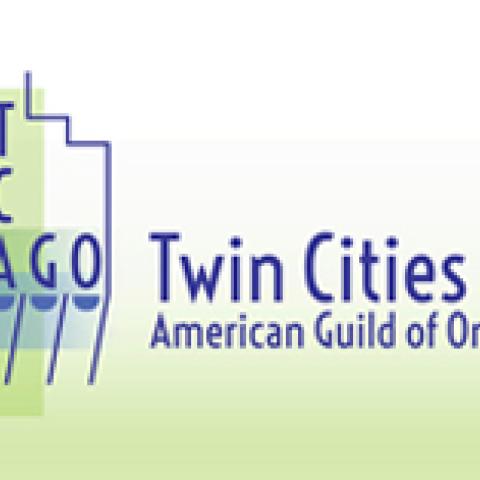
The Twin Cities Chapter of the American Guild of Organists announces a new DVD release: A Guide for Organ Committees.
This DVD is intended as a resource for those planning to install an organ, whether in a house of worship, a concert hall, an educational institution, or another venue. The video tells the story of the installation of the Glatter-Götz/Rosales pipe organ at Augustana Lutheran Church in West St. Paul, Minnesota. Viewers experience what is required for a successful new organ project in terms of the leadership and skills of the organ committee and how the congregation is engaged in the process. They also realize the ongoing impact this instrument has in the lives of the congregation and the community.
The production includes interviews with directors of the Glatter-Götz and the Rosales firms as well as Augustana Lutheran Church staff, musicians, congregation members, organ committee members, and guest organist John West. For information: www.tcago.org.
Pictured: Augustana Lutheran Church, West St. Paul, Minnesota, Glatter-Götz/Rosales organ




